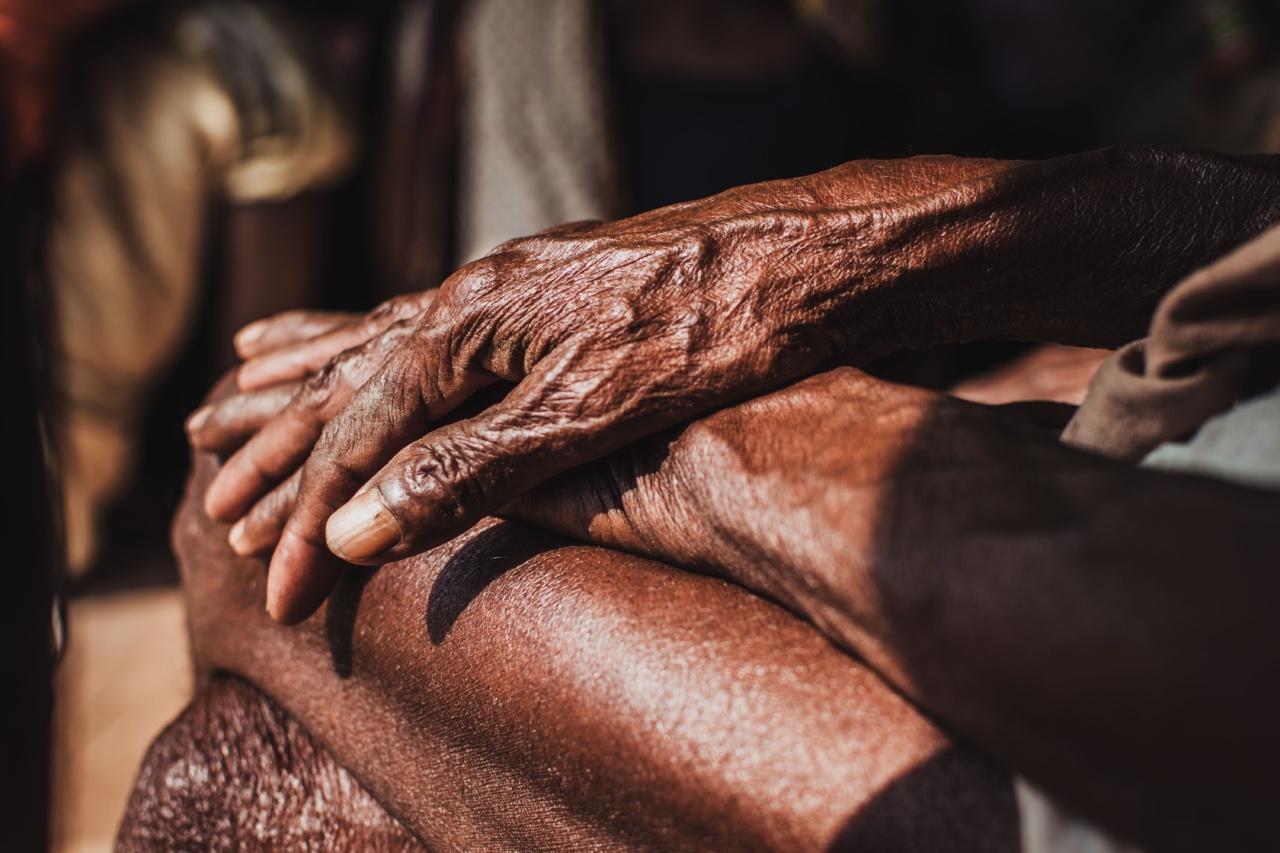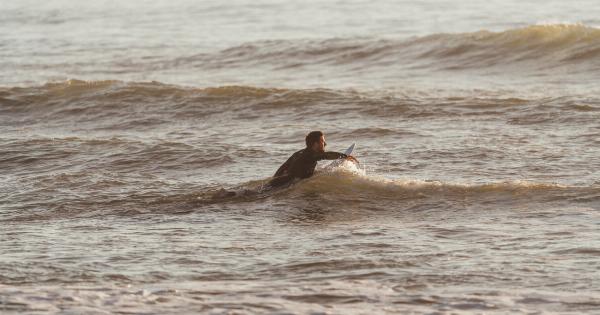Varicose veins are a common condition that affects millions of people worldwide. They occur when the veins in the legs become enlarged, twisted, and bulgy, making them visible under the skin’s surface.
This condition can cause pain, discomfort, and swelling in the legs, particularly at the end of the day or after extended periods of standing. Here are some tips to help you reduce the pain and swelling caused by varicose veins:.
1. Wear compression stockings
Compression stockings are designed to improve blood flow in the legs by applying pressure to the veins. By wearing compression stockings, you can reduce the swelling, pain, and discomfort associated with varicose veins.
These stockings are available in various compression levels, so you should consult your doctor to determine which level is best suited for you.
2. Exercise regularly
Regular exercise is vital for maintaining healthy blood flow in the legs. Simple exercises, such as walking, cycling, or swimming, can help to increase circulation and reduce the swelling and pain caused by varicose veins.
Aim for at least 30 minutes of moderate exercise per day.
3. Elevate your legs
Elevating your legs can help to reduce the swelling and pain caused by varicose veins. Whenever possible, elevate your legs above the heart level by propping them up on a pillow or any other support.
This position can help to improve blood flow and reduce the pressure on the veins in the legs.
4. Maintain a healthy weight
Being overweight or obese can put additional pressure on the veins in the legs, leading to the formation of varicose veins.
Maintaining a healthy weight through a balanced diet and regular exercise can help to reduce this pressure and prevent the development of varicose veins.
5. Avoid standing or sitting for extended periods
Standing or sitting for extended periods can worsen the pain and swelling caused by varicose veins. Whenever possible, take breaks or change positions frequently to improve blood flow and reduce pressure on the veins in the legs.
6. Avoid high heels
High heels can worsen the pain and discomfort caused by varicose veins by inhibiting blood flow in the legs. Instead, opt for comfortable, low-heeled shoes that provide adequate support and cushioning for your feet.
7. Massage your legs
Massaging your legs can help to improve blood flow and reduce the pain, swelling, and discomfort caused by varicose veins. Use gentle circular motions to massage the affected area, starting at the ankle and working your way up to the thigh.
8. Use cold compresses
Cold compresses can help to reduce the swelling and pain associated with varicose veins. Place a cold compress, such as a bag of ice or a cold gel pack, over the affected area for 15-20 minutes at a time, several times a day.
9. Take medication
Over-the-counter pain relievers, such as ibuprofen or aspirin, can help to reduce the pain and discomfort caused by varicose veins.
However, you should consult your doctor before taking any medication, especially if you have any underlying medical conditions.
10. Treat underlying medical conditions
If you have any underlying medical conditions, such as diabetes or hypertension, they can exacerbate the symptoms of varicose veins.
Treating these conditions can help to improve your overall health and reduce the pain and discomfort caused by varicose veins.































